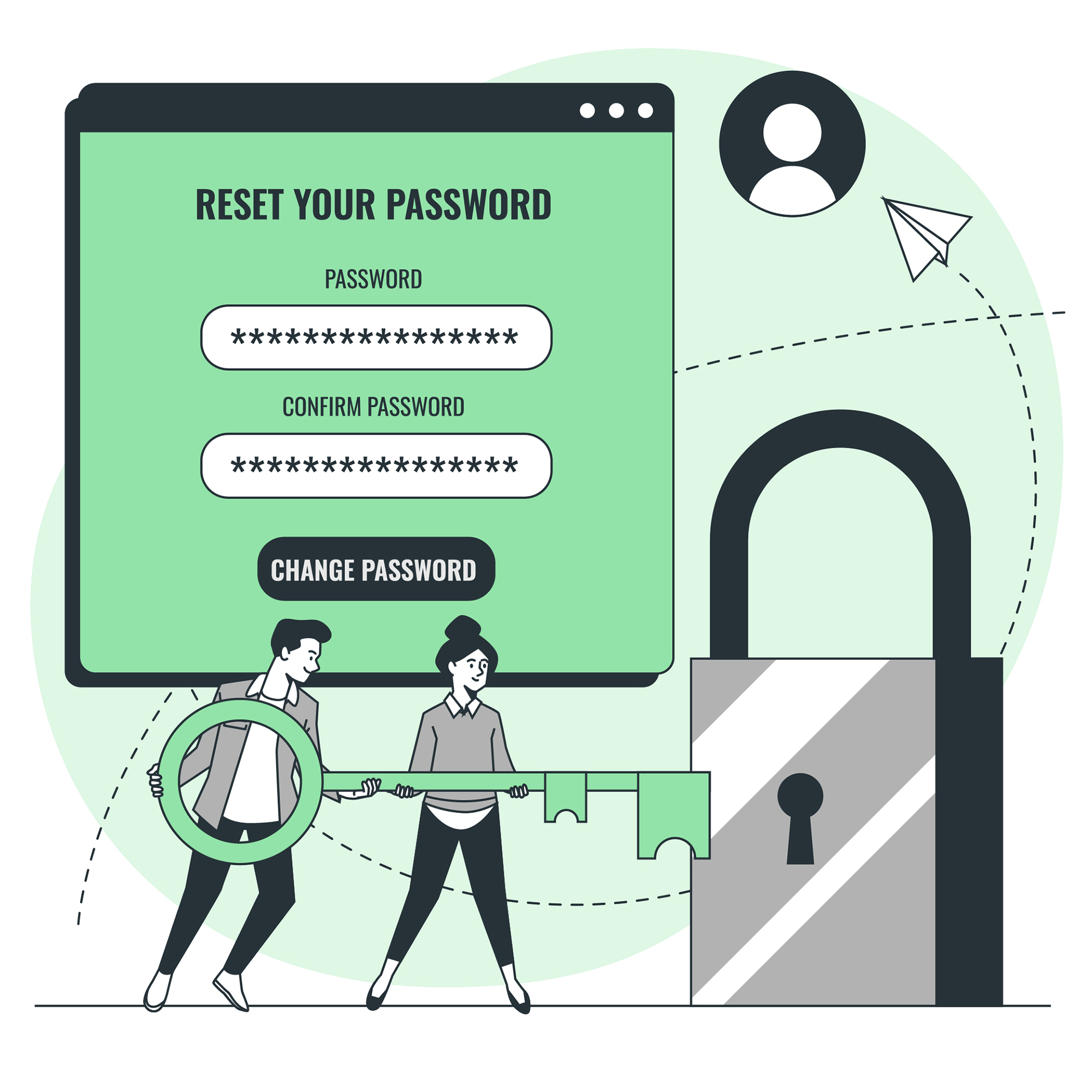How Secure Is My Password? Keep Your Business Data Safe
In today’s digital age, passwords are the primary line of defense against cyber threats. Whether it’s personal or business data, keeping it safe is crucial. Unfortunately, many people still use weak passwords, making it easy for hackers to gain access to sensitive information. In this article, we’ll discuss password best practices for your business to ensure your data is secure.
The Risks of Weak Passwords: Protect Your Business
Weak passwords are a significant risk to your business. They can be easily guessed or cracked, allowing hackers to access your data. Once they have access, they can steal sensitive information, such as financial data, customer information, and intellectual property. This can lead to financial loss, legal issues, and damage to your reputation. Therefore, it’s essential to use strong passwords to protect your business.
Creating Strong Passwords: Tips and Tricks
Creating strong passwords is the first step in protecting your business. A strong password should be at least 12 characters long and include a mix of upper and lowercase letters, numbers, and symbols. Avoid using personal information, such as your name or birthdate, and don’t use common words or phrases. Instead, use a random combination of characters. You can also use password generators to create strong passwords.
Password Managers: The Ultimate Solution
Password managers are an excellent solution for managing your passwords. They allow you to store all your passwords in one place, encrypted and protected by a master password. You can also generate strong passwords and auto-fill login forms. This eliminates the need to remember multiple passwords and ensures that you’re using strong passwords for all your accounts.
Two-Factor Authentication: Adding an Extra Layer of Security
Two-factor authentication adds an extra layer of security to your accounts. It requires you to enter a code sent to your phone or email in addition to your password. This ensures that even if someone has your password, they can’t access your account without the code. Many online services offer two-factor authentication, and it’s essential to enable it for all your accounts.
Password Policies: Guidelines for Your Employees
Password policies are guidelines for your employees to follow when creating and managing passwords. They should include requirements for password length, complexity, and frequency of changes. They should also outline the consequences of not following the policy. It’s essential to train your employees on password best practices and ensure they follow the policy.
Regular Password Updates: How Often Should You Change Your Passwords?
Regular password updates are essential to ensure your accounts remain secure. It’s recommended to change your passwords every three months or whenever there’s a security breach. You should also change your password if you suspect someone has gained access to your account. Password managers can help you keep track of when your passwords need to be updated.
Password Sharing: The Dos and Don’ts
Password sharing can be necessary in some situations, such as when working with contractors or vendors. However, it’s essential to follow best practices when sharing passwords. Never share passwords through email or text messages. Instead, use a secure password sharing tool. Also, ensure that the person you’re sharing the password with has a legitimate reason to access the account.
Dealing with Password Breaches: What to Do When the Worst Happens
Despite your best efforts, a password breach can still happen. If you suspect a breach, change your password immediately and notify the affected parties. You should also investigate the breach to determine how it happened and take steps to prevent it from happening again.
Summing up Password Best Practices for Your Business: Keep Your Data Safe
In conclusion, password best practices are essential to keep your business data safe. Use strong passwords, password managers, two-factor authentication, and password policies to protect your accounts. Regularly update your passwords, follow best practices when sharing passwords, and know what to do in case of a breach. By following these best practices, you can ensure that your business data remains secure.




![Crafting Unforgettable Passwords: A Guide for Developers A string of random characters typically has higher entropy compared to a few common words due to the vast number of possible combinations. For example, a 10-character lowercase password has roughly the same entropy as a 4-word passphrase picked from a 5000-word dictionary [5].](https://passwordclinic.com/wp-content/uploads/2024/06/automation-section-3-150x150.webp)




![A string of random characters typically has higher entropy compared to a few common words due to the vast number of possible combinations. For example, a 10-character lowercase password has roughly the same entropy as a 4-word passphrase picked from a 5000-word dictionary [5].](https://passwordclinic.com/wp-content/uploads/2024/06/automation-section-3.webp)

